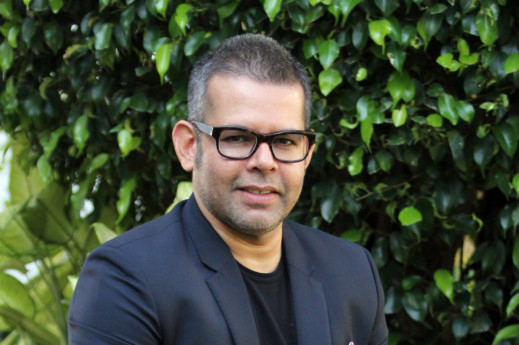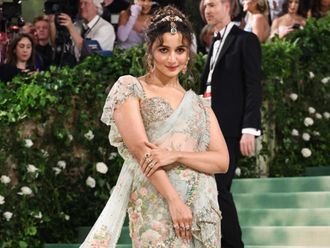
From bold prints and dyes to intricate embroideries to unique cuts to the ubiquitous saree styles, India has had its share of trends — sometimes defined by Bollywood and its denizens. Today, with names such as Sabyasachi, Rohit Bal, Manish Arora, Manish Malhotra, Rahul Mishra in the design industry, it is stepping into a new era of style and fashion, both within and outside the country.
And, with media and resulting consumer awareness, a new module has taken shape within the country: the online fashion store. Several websites such as myntra, jabong, flipkart, even Indianroots.com, have been making available the latest in fashion to the Indian public, but now Amazon, one of the world’s leaders, too, is stepping in to the foray.
“Fashion is among [Amazon’s] top three categories. Surely they compete but our focus is not that,” said Vikram Raizada, director, category management at Amazon.in, who is heading the fashion events and jewellery segment of the portal. “Recently, we were voted as the Most Exciting Brand in ecommerce in this year’s Brand Equity Survey conducted by Nielson. That’s the level of credibility we have”.
Raizada spoke to tabloid! at the recent Amazon India Couture Week in New Delhi. The event saw not just traditional styles on the ramp but amalgamations of the West and East, sometimes in a single garment, created by some of the best designers. Raizada spoke to us about fashion in India and Amazon, which was the event’s key sponsor, and its collaboration with the fashion industry.
Tell us about your association with the India Couture Week.
Given the importance of fashion to us, we wished to associate with the premier fashion organisations of the country and the Fashion Design Council of India (FDCI) was among those, being the apex designer body. Our first event together was the Amazon India Fashion Week the second the Amazon India Couture week. [Amazon] is a marketplace model and we wanted fashion designers to benefit from the investments we’ve made in technology and infrastructure in the country. For example we want them to be able to reach the 19,000 pin codes we service.
How does this help the fashion designers?
First point being distribution. You may have built an image but if you cannot service the demand, how will you build the business?
Point two is the education on how to use online. Today, we are present in 14 countries; we are one of the pioneers of this space. So we can show them how it is done.
Thirdly, the information we can provide them. The analytics – what consumers are looking at, what they are interested in, what they don’t want, etc, etc. These analytics go beyond sales, they go into geography. Designers may not even be aware they are in demand in certain parts of the country.
Fourth, the [logistical] services. We are able to present them appropriately, provide reliable delivery – we take care of all of that.
So all this put together allows them to take better business decisions in the future.
How aware do you think India is about fashion?
Over the past 15 years, we have been beaming or printing images of designer lifestyles to consumers across the country but the brick and mortar distribution hasn’t really kept pace. The average Indian today believes in living a better life. Amazon.in is able to service that aspiration of the customer. We are a large country and there are large number of people [who don’t have access to these brands but] who truly desire to be part of this larger story.
It is fabulous to see how important fashion has become for the average Indian. In the old days we would talk about the passions [in India] being cricket, Bollywood and music. Now it appears to be cricket, Bollywood and fashion. We have over 5,000 fashion brands on Amazon.in and consumers are buying on all ends of the spectrum. With the kind of goods and services that are now available even in smaller towns outside the Indian metros, the average Indian is definitely looking at fashion and lifestyle being part of their lives.
Fashion is an expression of your individualism and develops when the market evolves from an eco-system perspective. In my personal opinion we are now a country beautifully poised for fashion to grow exponentially. Online [shopping], in a sense, has come as a great solution to the design industry because now they don’t really need to invest in brick and mortar or sales staff or a retail store. We are able to assist them in that space.
What does fashion mean to you?
Fashion to me is about self expression. We were all about ‘fitting in’ and now we have evolved and it’s about’ standing out’. We’ve become a more heterogeneous market than we were 15 years ago. There is great democratisation of fashion. Today people are encouraged to be who they are. They are encouraged to celebrate their personality and even their region. There’s a social relevance to fashion now. Of course we all love ethnic wear. For example I see people on Facebook taking on saree pacts! And there is much evolution at many levels. For example, during the British Raj, Indian men appear to have lost their sense of colour. It became all about black, white, blue, grey and brown. We used to wear colourful turbans, kurtas, mojris, we used to accessorise. Today, we are rediscovering all of that, we seem to be having a fashion revival of sorts.














